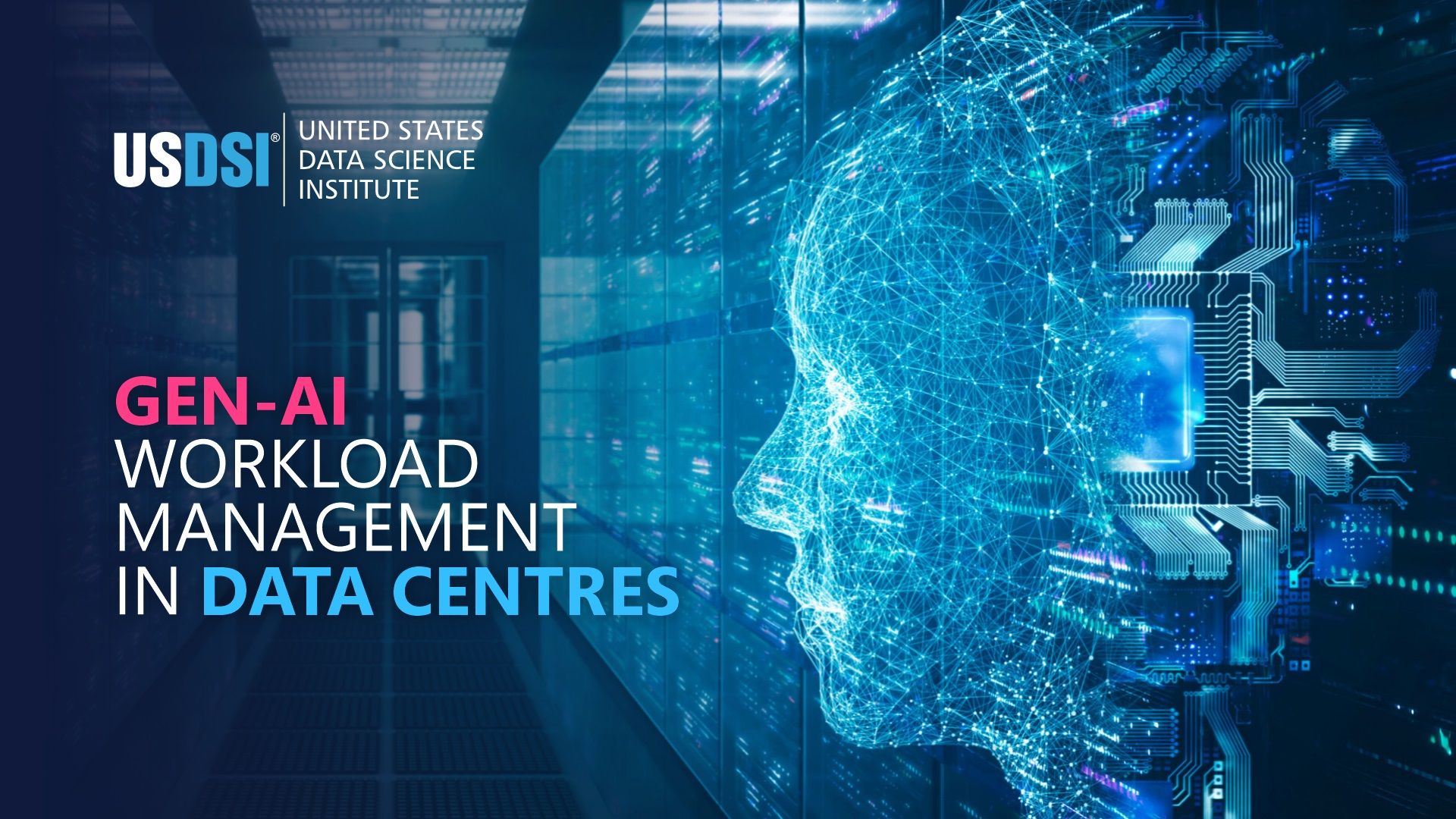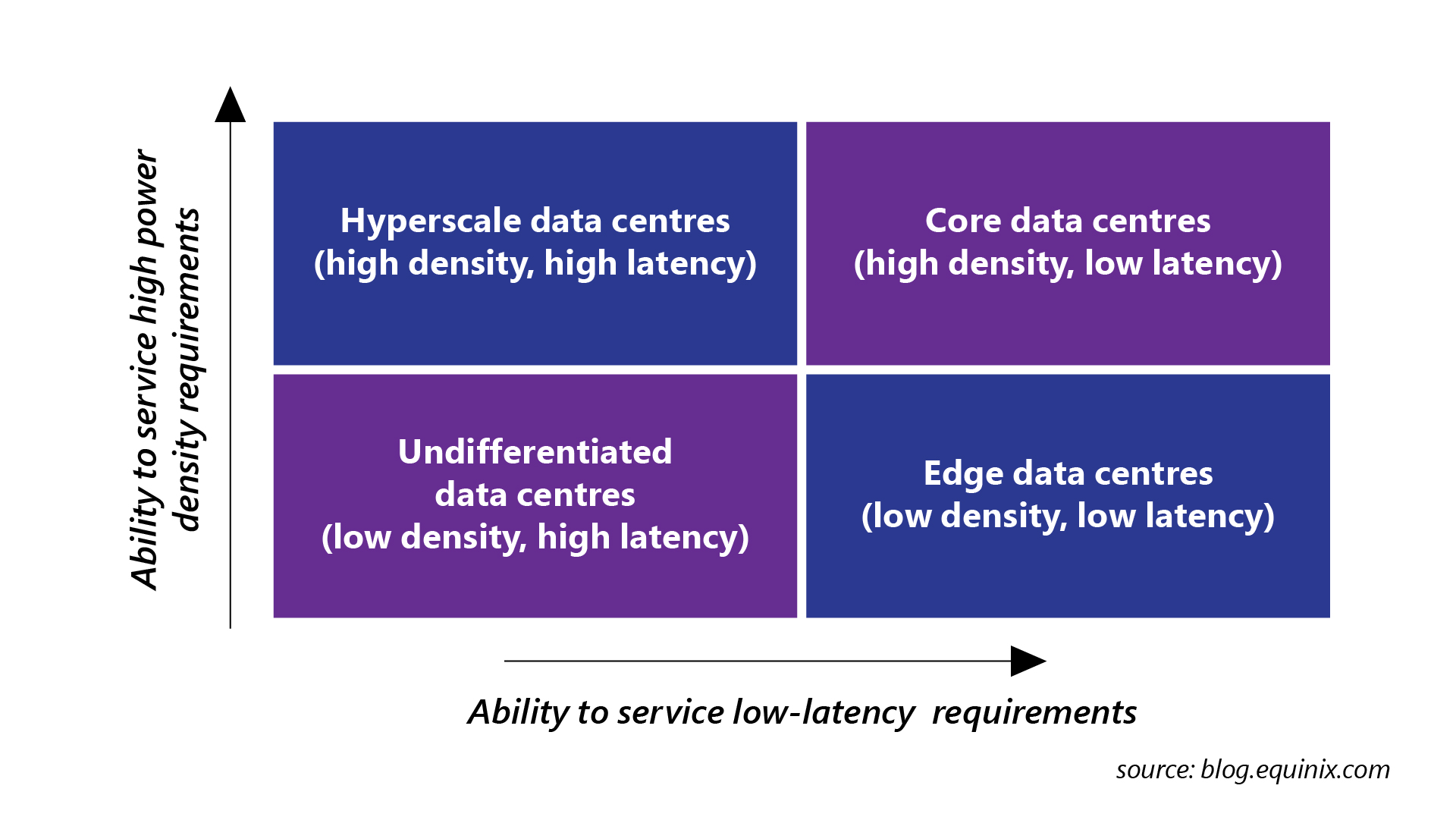

Data has been growing at a massive expanse beyond measure worldwide. Generative AI is making its presence felt in wide data science operations. There is no denying the fact that data centres are battling to find a resolve to manage the Gen-AI workload balance. Vice President of Marketing, Cisco Networking, Donyel Jones has shown concerns regarding the same in his recent rendition with AI Magazine. The rapid ascent of artificial intelligence with the widespread implementation of generative AI has significantly barred business operations across sectors.
As the data increases, so does the data science technology to manage that voluminous data pool. Generative AI tools have been leveraging big time for the easy management of such vast data worldwide. Given this swift pace of evolution, organizations are racing against time to modernize and expand their data centres to accommodate complex clusters, stringent data compliance requisites, and other GenAI-centered deployment considerations.
The latest Cisco AI Readiness Index showcases that 61% of companies report having a maximum of one year to implement their GenAI strategy before it negatively impacts their business. However, organizations globally are recognizing and accommodating the vast capabilities pool that Generative AI technology has on offer. They still find it hard to determine the way ahead due to challenging barriers to adoption. Let us investigate the details of it all!
What is a data centre?
A data centre is a physical location that stores computing machines and their related hardware equipment. It contains the computing infrastructure that IT systems require, such as servers, data storage, and network equipment.
Data Centre Segmentation:
Earlier, there was a two-segment approach based on network density; thereafter there has been an addition to the sophisticated segmentation strategy. let us explore the diverse types of data centres and their distinguishing features.

Hyperscale data centres are traditionally associated with large language model training workloads, which are typically very dense and computer-intensive; but less sensitive to latency. These are the traditional domains of major cloud and as-a-service providers. Businesses can acquire capacity inside one of these hyperscale data centres on a pay-as-you-go basis.
These are the most widely deployed data centres that are the product of previous infrastructure investment strategies. Businesses that heavily rely on these undifferentiated data centres in their GenAI strategies will likely struggle to execute those strategies effectively.
Core data centres are the foundation of modern digital infrastructure; found in locations where network density and proximity provide the best opportunity for technology consumers and providers to connect and maximize their business value.
Edge data centres are deployed at the digital edge; locations that are near high concentrations of end users, applications, and devices. In practice, the power density requirements of edge data centres have not grown as quickly as those of other segments. It involves network-heavy workloads that are less density-intensive than computer workloads.
Latest Trends in Gen-AI Use Cases:
GenAI Impact on Data Centres and Networks:
Specifically, deep learning algorithms require substantial computational power to process and analyze vast amounts of data. This demand will drive the need for more powerful and efficient hardware in data centres.
As the AI models become more complex and datasets grow; the demand for high-speed data transfer within data centres and across networks will soar.
By decentralizing AI processing to edge devices, such as IoT devices or local servers; organizations can reduce latency and bandwidth requirements.
Artificial intelligence can be deployed to detect and respond to security threats in real time by analyzing network traffic for anomalous behavior and identifying potential cyberattacks.
Hyperscale data centres provide efficiency for quickly processing voluminous amounts of data but have massive power requirements.
Machine learning algorithms can analyze network traffic patterns, predict potential loopholes, and dynamically allocate resources to ensure optimal performance.
4 Requisite Tech Innovations for AI Infrastructure Support:
Fostering Data Centre Sustainability and the Way Forward:
Believing a recent report from the International Energy Agency; the global electricity demand, driven by GenAI growth; is expected to double by 2026. This is sure to divulge into a vicious cycle of requiring more power, generating more heat, and requiring more efficient cooling methodologies; that may cost a moolah. Specialized data engineers and data science professionals are armed with core capabilities to avoid such situations and assist in developing targeted data science technologies that can foster a smoothened growth trajectory for businesses worldwide. Foresee core data science trends to mark a greater deal of even developmental norms for businesses and generative AI alike the world over!
This website uses cookies to enhance website functionalities and improve your online experience. By clicking Accept or continue browsing this website, you agree to our use of cookies as outlined in our privacy policy.